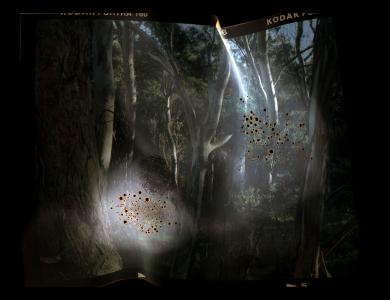Alejandra Aragón won the Latin America Professional Award for her moving project I Came To La Pinta Because They Told Me My Father Lived Here. We speak to the Mexican photographer about her experimental works and main themes of focus in her work.
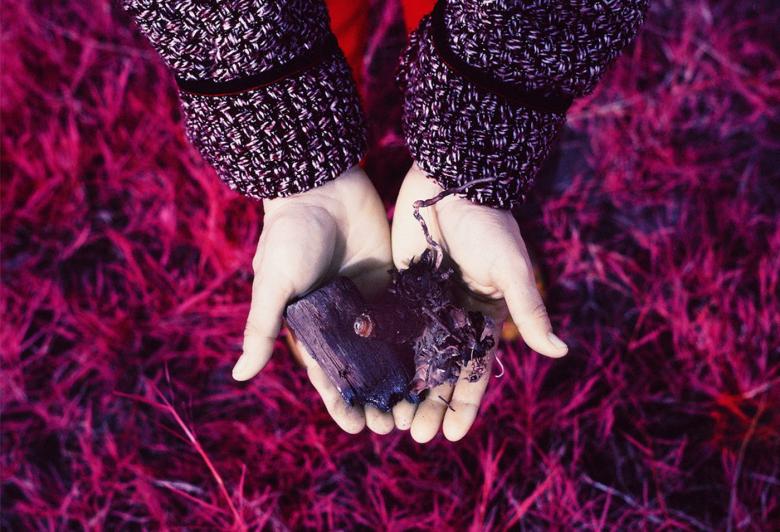
© Alejandra Aragón, Mexico, Latin America Professional Award, 2022 Sony World Photography Awards
You recently attended the Sony World Photography Awards exhibition at artexarte in Buenos Aires, Argentina. Your winning series I Came To La Pinta Because They Told Me My Father Lived Here was the main focus of the exhibition. How did it feel to see your work on the walls?
I am always happy to be able to see my work up the wall and to be able to share it with a wider audience. It was a very interesting learning experience.
What are a few of your highlights from attending the opening night?
I was happy to meet and chat with other winners and finalists, like Angela Ponce and Irinia Werning, whose work I admire and respect. It was also great to get to know the Sony Latin America team and Faustine Pagés from the World Photography Organisation, with whom I had the opportunity to talk about my current projects and the future opportunities now available through the Latin America Professional Award. And last but not least, it was wonderful to visit Buenos Aires. I’ve visited the city in the past, but I’ve never had the opportunity to experience its food, culture and traditions as I did on this trip.
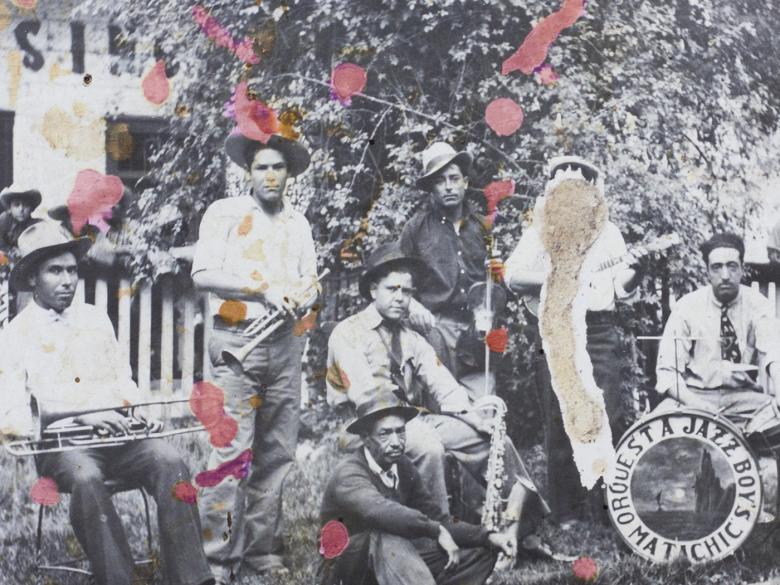
© Alejandra Aragón, Mexico, Latin America Professional Award, 2022 Sony World Photography Awards
How do you think this award and exposure will impact and inspire the photographic community in Latin America?
There is a great variety of work being produced in the region that not only focuses on traditional photographic practice but the experimental and multidisciplinary process. I believe this to be a sign that my generation and the younger artist no longer want to be pigeonholed. This award has great impact when supporting work like mine, which focuses on the relationship between the medium, the tools and the context in our contemporary internet-based reality. Also from my experience, it is a programme that support artists from marginalised backgrounds who historically have had little exposure in the art world and are those who I believe are pushing the medium forward.
Since the announcement in April, what’s been your experience of being the third recipient of this award?
I did not expect to receive the award at all, especially as my project is analogue and archive-based. The kit is great and I’ve already started to use in my current project, which focuses on youth’s exposure to violence. It was wonderful to have Sony Latin America express great interest in supporting my practice – I’m looking forward to that.
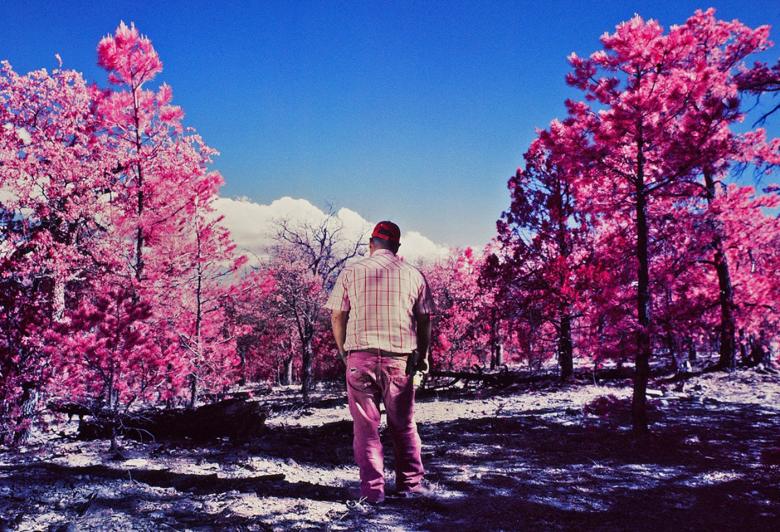
© Alejandra Aragón, Mexico, Latin America Professional Award, 2022 Sony World Photography Awards
How would you describe the photography climate in Latin America, do you have many peers in the industry? What are the key trends and main topics of interest?
As I mentioned before, the photographic practice in Latin America is, from my perspective, more focused on process, experimentation and community engagement. I believe this to be a result of my generation being more concerned with looking at extractivist practices and the capitalization of marginalized communities. I believe we are in a process of decolonizing ourselves and the medium.
Do you have any advice for photographers in Latin America thinking about entering this year’s competition?
My advice is to trust your work. Sometimes we don’t enter awards because we think our work does not look like the images that circulate on the internet. But I think that is a great opportunity to reach larger audiences and also acquire resources to keep producing our work which is still a great challenge for Latin American artists.
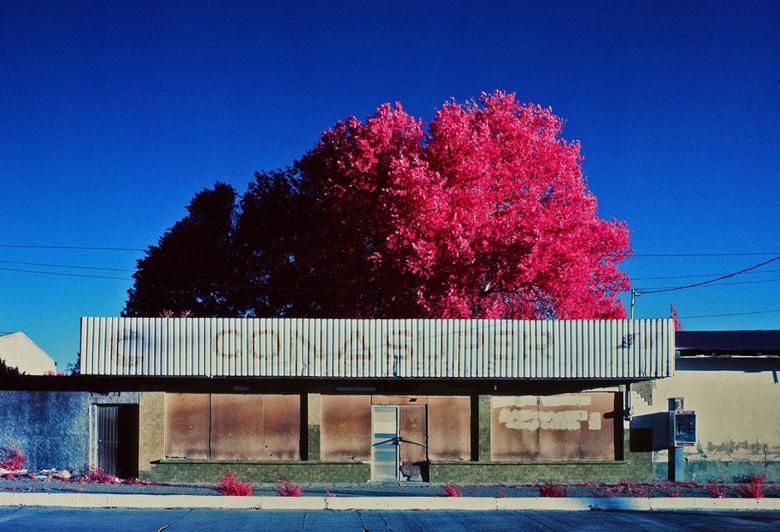
© Alejandra Aragón, Mexico, Latin America Professional Award, 2022 Sony World Photography Awards
Your series I Came To La Pinta Because They Told Me My Father Lived Here was inspired by a novel. Does literature often inspire your photography?
Yes, literature does inspire my work. Pedro Paramo is a novel with strong imagery and reflections on Mexican reality. It inspired me to create something as powerful.
There are strong parallels between the book, your project and your own personal story. You mention in the series description how you too began your journey between Mexico and the United States to find your biological father. Did you find the creation of this project cathartic?
Definitely. It helped me understand my family history better and Mexico’s relationship with masculinity and violence. It got me closer to my mother, which for me was a healing necessity. I also developed more empathy for my absent father figure and the effects of systemic pressures on young men – this actually led me to develop my current project. It also pushed me to slow down, taught me patience and how to separate myself from the hieratic hyperproduction of images which I also believe to have an environmental impact.
Even though I do not believe that art is all people need to heal trauma (we also need therapy and reparation), I do believe that, since I focused so much on this process, it led me to a deeper understanding of not only my subject matter but also myself and my responsibility towards the place I inhabit.
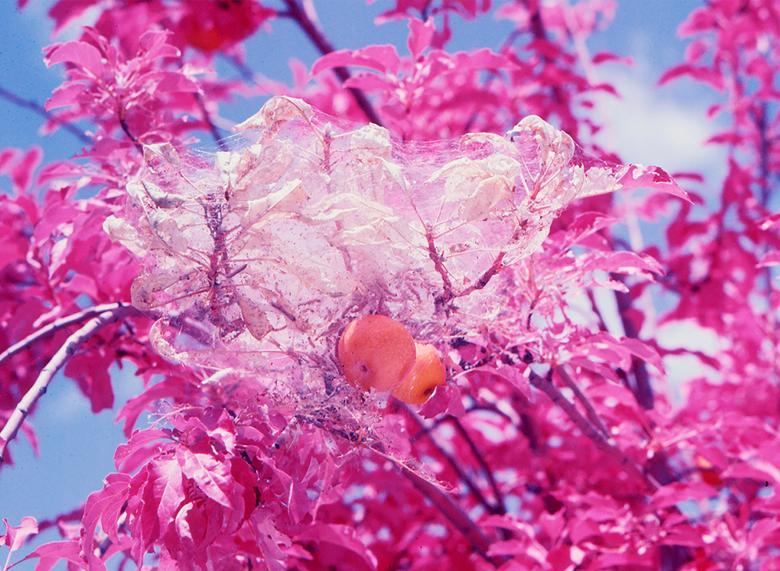
© Alejandra Aragón, Mexico, Latin America Professional Award, 2022 Sony World Photography Awards
Leading on from the previous questions, does a project like I Came To La Pinta Because They Told Me My Father Lived Here, which is emotionally powerful, have an impact on how you approach your next project?
My current project is a direct result of what La Pinta taught me. I realised that in the dispute for the territory, the pressures of the gendered and capitalist culture, young people are the most vulnerable. Firstly I decided to focus on retribution to the community and sharing knowledge that might be helpful for their future and secondly create a space of reflection about their experience and resistance towards a culture that is constantly pushing themes towards violence. It is a project that intends to explore with a more plural and collective approach the experience of youth in northern Mexico, where violence has taken a toll on life and is called “Chavalxs”.



